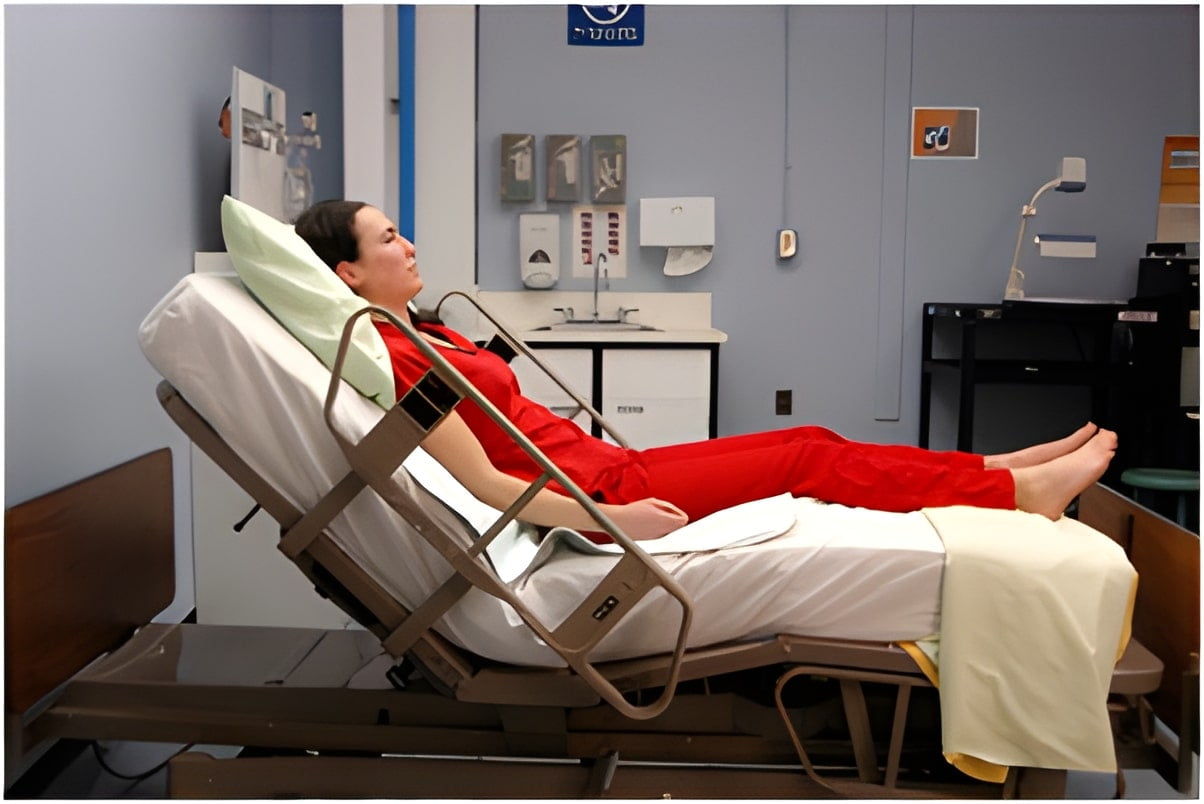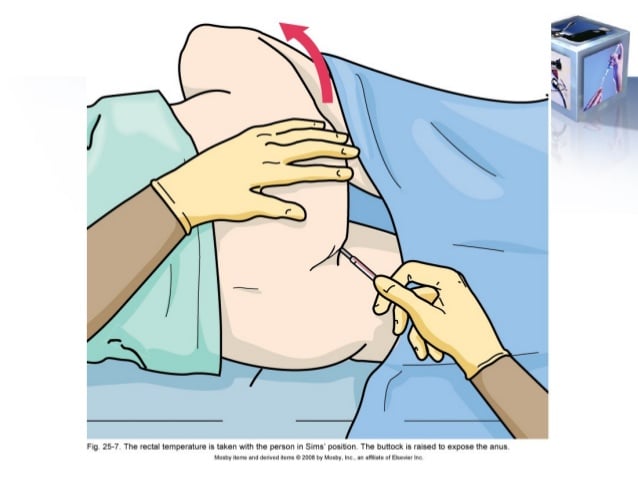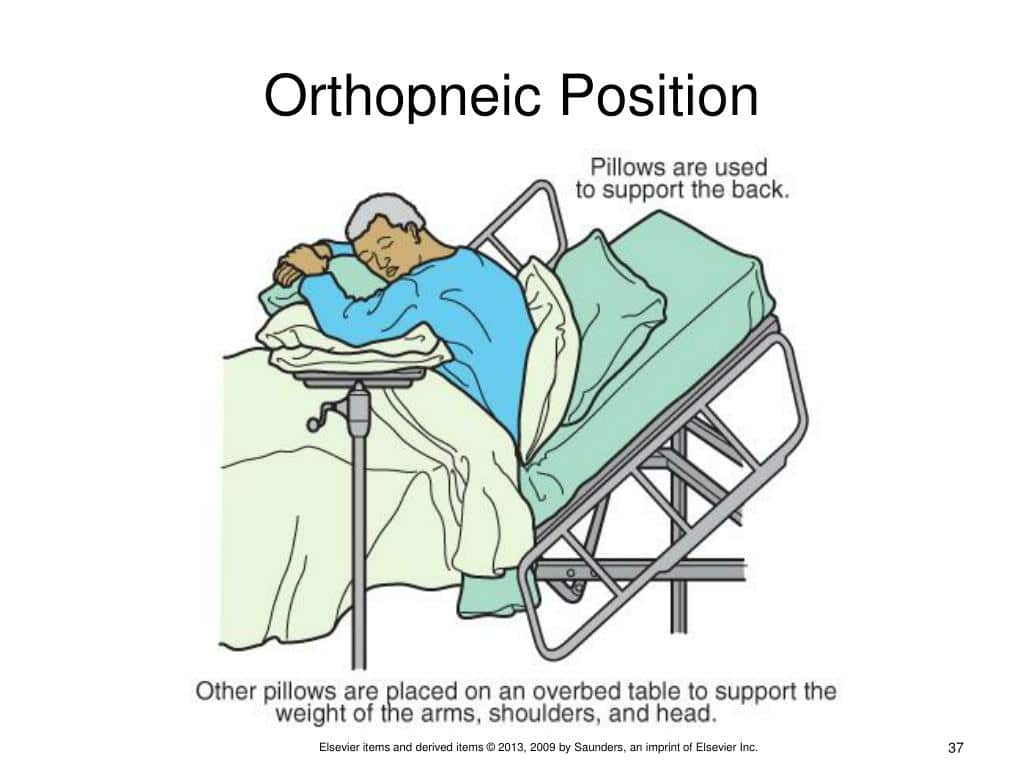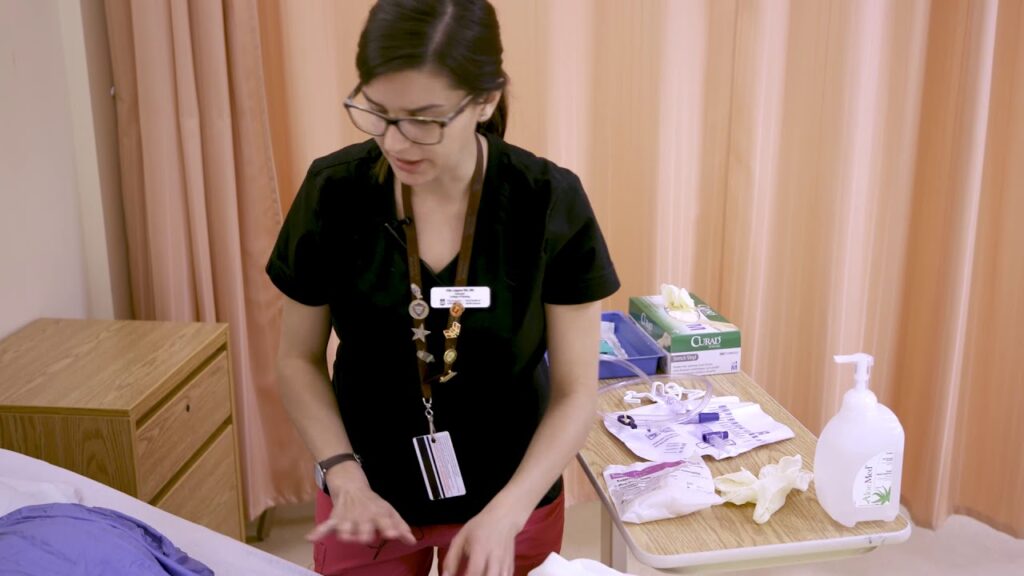Written by Amanda R. McDaniel, MS, BSN, RN
Amanda is a BSN/RN with a MS in Physiology and a BA in English. She worked as a medical writer in the pharmaceutical industry for 11 years before pursuing a career in nursing. She now works as a nurse on a NeuroTelemetry unit and continues to write and edit on a freelance basis. Amanda’s LinkedIn
Fowler’s position is used when a patient is eating, is having difficulty breathing, or is ordered by a doctor. This position is easily recognized because the patient will be sitting äóìstraight up.äó Semi-Fowlers is sitting äóìhalf-way up,äó and is used when patients cannot be laid flat, but wishes to be in a more relaxed position than Fowler’s. This position is often used for patients who are receiving feedings from a nasogastric tube to prevent aspiration while they sleep.
Achieving Fowler’s Position (aka, High Fowler’s)
- Start with the patient lying supine (flat on their back) with the body in proper alignment.
- Gently raise the head of the bed to 90 degrees.
- Place a small pillow behind the patient’s head and one at the lower back. These are not to make the patient lean forward, but to help support and keep the body aligned.
- Place a small pillow under the thighs. Place pillows lengthwise under the calves, but leave the heels unsupported. This helps prevent pressure injury to the heels.
- If the patient has difficulty moving their hands or arms, support the hands and arms with pillows.
- Ask the patient if they are comfortable. Make adjustments as necessary.
- Document the position per institutional or unit policy. Report any difficulty getting the patient into position or maintaining position to the nurse per policy.
Achieving Semi-Fowler’s Position
- Start by ensuring the patient has proper body alignment.
- Gently adjust the head of the bed to 45 to 60 degrees.
- Follow steps three through seven above.
References
Activity and mobility. (2014). In A. G. Perry, P. A. Potter, and W. R. Ostendorf (Eds), Clinical nursing skills & techniques (8th ed., pp. 210-213). St. Louis, MO: Mosby Elsevier.







